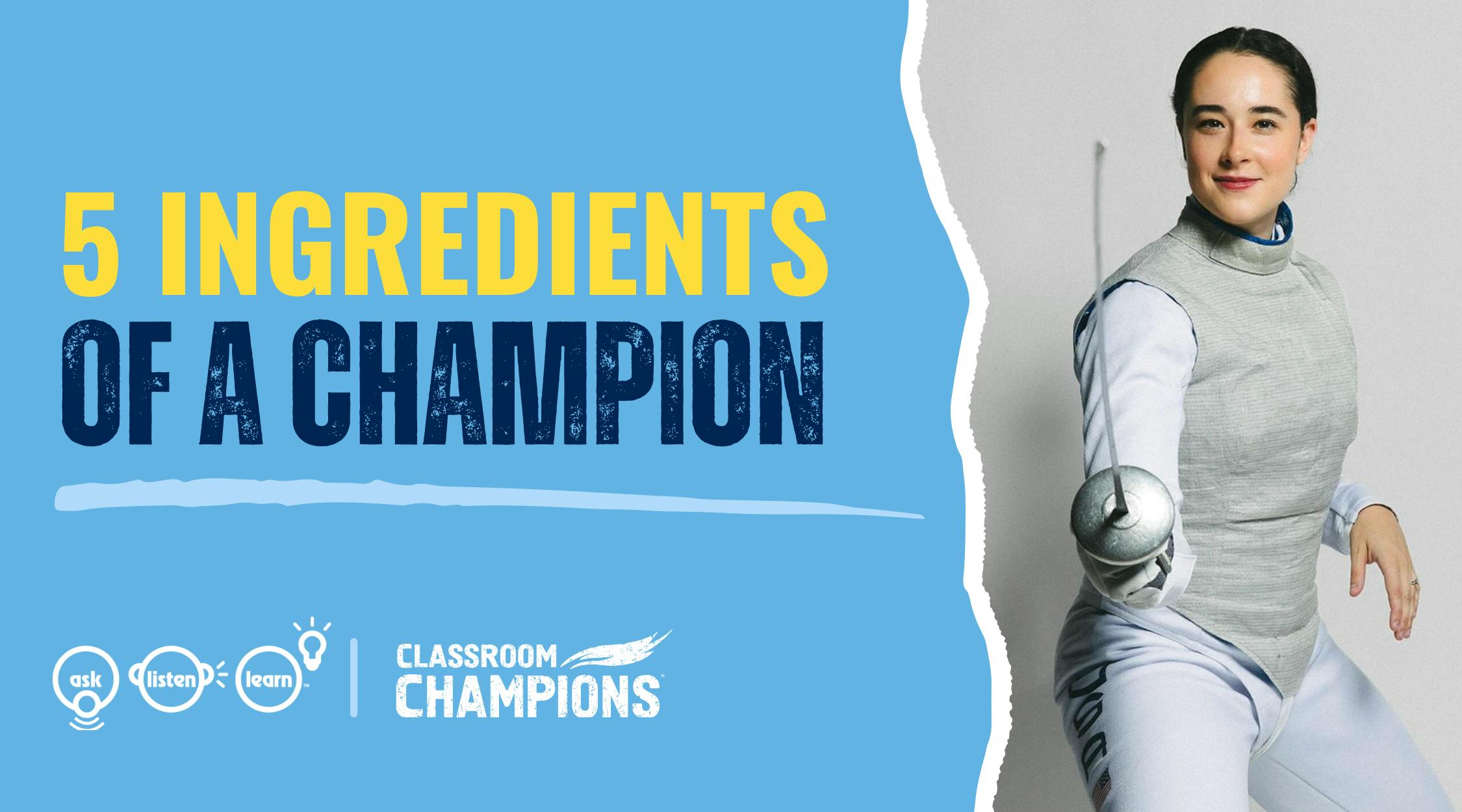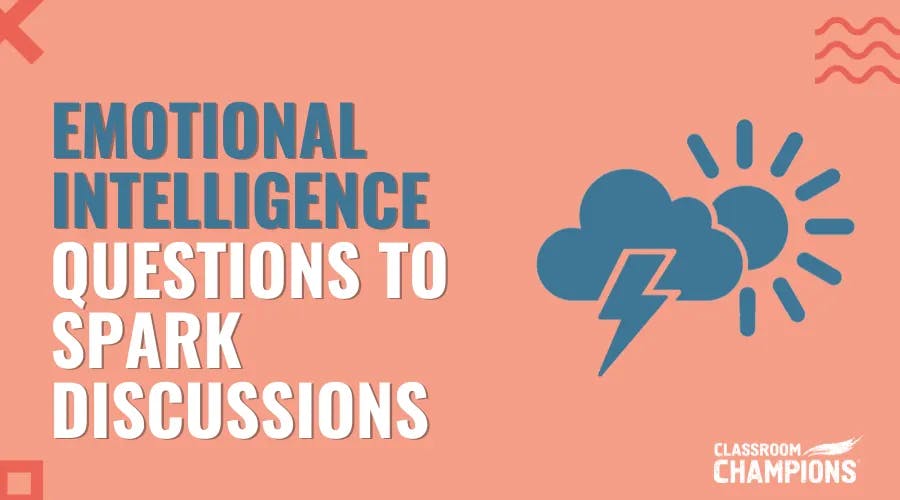Everyone has it in them to become a champion, and with the help of dedicated educators like yourself, there is nothing stopping your students from realizing their full potential.
Sure, you can’t be there 24/7, and your influence stops outside the school doors, but we all know that what happens in the classroom can have lasting, positive effects on kids. Support and guidance go such a long way.
This is not only true on the good days, but the challenging ones, as well. Everyday, students are pressured into situations that can make or break their confidence in themselves, presenting two very different paths to who they will become. Luckily, there are champion traits in every student to help give them advantages in these situations. All they need is a little positive reinforcement from the important people in their lives–people like you.But the question remains; what is it that makes a student a champion?Here are the 5 ingredients that you can not only recognize in your students, but help nourish.
Sure, you can’t be there 24/7, and your influence stops outside the school doors, but we all know that what happens in the classroom can have lasting, positive effects on kids. Support and guidance go such a long way.
This is not only true on the good days, but the challenging ones, as well. Everyday, students are pressured into situations that can make or break their confidence in themselves, presenting two very different paths to who they will become. Luckily, there are champion traits in every student to help give them advantages in these situations. All they need is a little positive reinforcement from the important people in their lives–people like you.But the question remains; what is it that makes a student a champion?Here are the 5 ingredients that you can not only recognize in your students, but help nourish.
1. Making Responsible Choices: Life is full of choices, and for many students, it isn’t always clear which decision will lead them down the proper path of being a champion. So, how can they tell the difference between a responsible choice or not? Well, the answer isn’t always simple, but as an educator and positive influence in their life, there are some questions you can ask to help them better navigate these situations. For instance, who will this choice benefit? Who will this harm? What is the gain/loss ratio that will follow? More often than not, they’ll find that the decision that helps them–or those closest to them–more than it hurts, is the most responsible choice they can make for themselves.
2. Evaluating Goals: As an educator, you understand how important it is for students to have goals. You’ve seen first hand what’s at stake when a student doesn’t have something they’re driving toward. But, creating a set of goals isn’t always so easy for students, so how do you help show them what to prioritize? The key lies in evaluation, having them apply mindfulness and clear intention to their decisions and giving themselves the opportunity to dissect, discuss, and deduce the best possible goals and their order of importance. This can be with you, their parents, or the peers who help create positive space in their lives. Long term or short, big or small, with some careful planning, evaluation, and self reflection, your students will find the nexus of where their goals align often points to the best possible path forward.
3. Empowering Others: Being a champion student starts from within, but it doesn’t end there. Having a strong support group around them can make all the difference when it comes to creating a classroom culture of positivity. Not to mention a symbiotic relationship among students where confidence, affirmation, and growth take center stage. The best way to achieve this is by teaching your students to empower the people around them, helping them along the path of not only their own journey, but those closest to them. With a little bit of effort, your students will soon find that other people’s successes have become their own, and the lift to a champion mindset has gotten a whole lot lighter.
4. Standing Up to Peer Pressure: There will be plenty of hurdles on your student’s way to becoming a champion in the classroom, some of which can even come from the negative influences that rear their ugly heads. While challenging, it is important for your students to understand that peer pressure is a part of life, and if they want to continue striving toward becoming a champion, they must learn to navigate and overcome these issues on their own. Remind them that anyone can follow the herd, but it takes a strong person to lead. With a little guidance, they will not only learn to recognize when they are being pressured, but to rely on their better judgment when it matters most.
5. Saying No to Underage Drinking: The pressure to drink alcohol is an unfortunate reality, even among those who are champions at heart. Statistics show that 15% of youth aged 12-20 have consumed alcohol underage drinking in the past month, more than either tobacco (5%) or marijuana (11%). (Source: SAMHSA, 2023 National Survey on Drug Use and Health)
This makes alcohol one of the most serious risks to today’s youth, both during their school years and beyond. With so many influences to sort through, it is important that you, as an educator, stand firm in your stance against underage drinking. Not only by dissuading it, but by educating your students about the dangers that are inherent in it and giving them the tools they need to stand up and be a positive influence to their peers.




